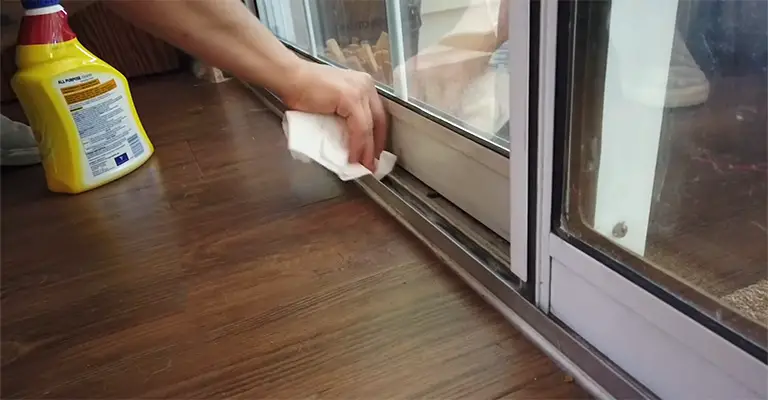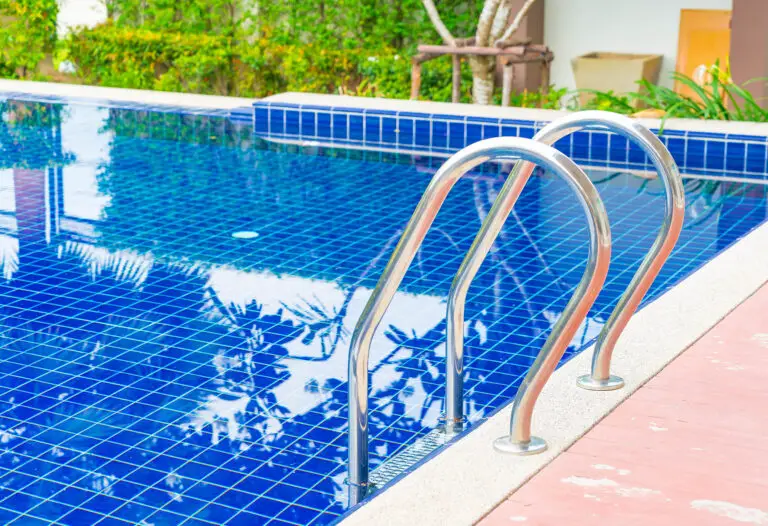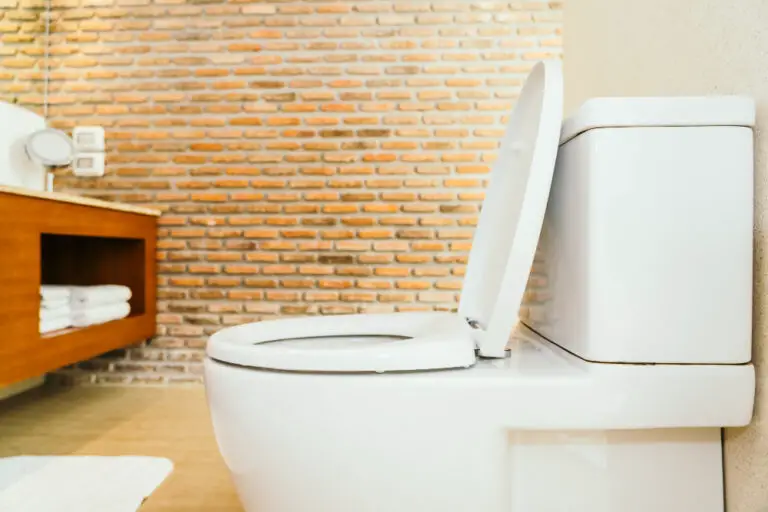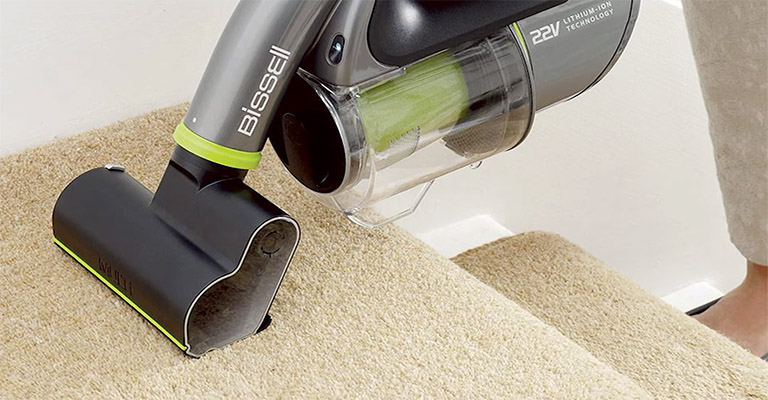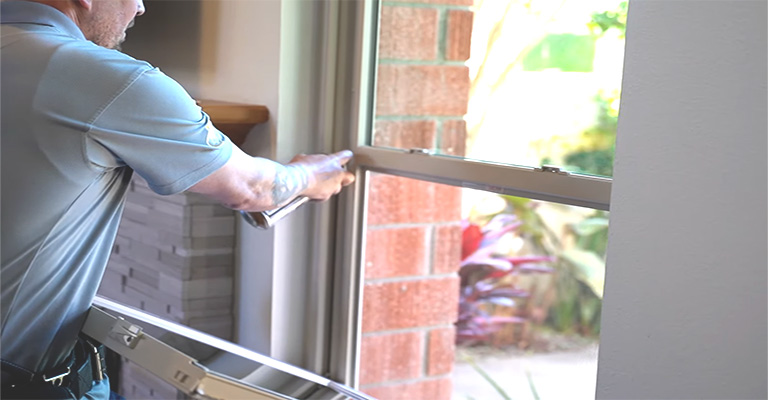Unmasking the Magic of Plumbers Putty

Plumbing can be a challenging and messy task without the right materials, and that’s where plumber’s putty steps in. Serving as a wonder product in the plumbing industry, this simple yet effective solution is a must-have in every homeowner’s toolkit.
Here’s an extensive dive into the world of plumber’s putty, exploring its significance, applications, and factors to consider before use.
Composition and Consistency
Silicone Caulk
Plumber’s putty is a soft, pliable sealing compound, traditionally used in plumbing to create watertight seals around faucets, drains, and other plumbing fixtures. While it might not be the star of the show in a plumbing project, its contribution to a successful outcome cannot be underestimated. Composed of clay, talc, limestone, and linseed oil, plumber’s putty boasts a consistency that’s easy to work with and is adaptable to fit various applications.
Versatility and Application
Plastic Materials and Shower Drain
The utility of plumber’s putty extends to a range of plumbing tasks. It’s used extensively to seal the area between a sink and a drain or to seal the gap around the base of a faucet. Moreover, it proves handy in forming airtight seals around the edges of valves and various pipe joints, preventing leaks and ensuring a smooth and effective operation.
Not All Jobs Are Fit for Plumber’s Putty
Other Porous Materials for Rigid Surfaces
Despite its various benefits, it’s essential to remember that not all plumbing jobs are suitable for plumber’s putty. For instance, it’s not advisable to use it on porous materials like marble or plastic, as it can lead to staining or other damages. Plumber’s putty should also not be used where the seal is under constant water pressure, as the seal will not hold.
When Not to Use
Given its particular composition and properties, it’s also important to note that plumber’s putty should never replace the need for a threaded or compression connection. If the seal is to be permanent, alternatives like silicone or “pipe dope” should be used.
Application Process
Apply Plumber’s Putty and Porous Surfaces
When it comes to using plumber’s putty, the process is fairly straightforward. First, remove any old putty or sealant from the intended surface. Then, take a small amount of putty and roll it in your hands until it becomes soft and malleable. Apply it where required, ensuring a secure seal. Lastly, remove any excess putty once the fixture is installed.
Considerations Before Choosing
However, like any other tool or product, plumber’s putty isn’t a one-size-fits-all solution. Different brands offer various formulations, so it’s recommended to carefully consider the specific requirements of your plumbing project before making a choice. Pay attention to factors such as drying time, stain resistance, and durability.
Maintenance and Care
Just like other tools and equipment, plumber’s putty also requires proper maintenance to extend its shelf life and effectiveness. Store it in a cool, dry place and ensure the lid of its container is tightly sealed after use to prevent it from drying out. With appropriate storage, plumber’s putty can last for years, remaining pliable and ready to use whenever you need it.
Safety Precautions
While plumber’s putty is generally safe to use, it’s always important to follow basic safety guidelines when handling it. Always wear gloves when working with plumber’s putty, and wash your hands thoroughly after use. If you’re working in an enclosed space, ensure it’s well-ventilated, as plumber’s putty can give off fumes that may cause discomfort or irritation.
Professional Plumber’s Insights
Plumbing Part to Prevent Leaks
Professionals in the plumbing industry highly recommend the use of plumber’s putty for various tasks. It’s a go-to tool for them due to its affordability, effectiveness, and ease of use. However, they do underline that its effectiveness is only guaranteed when used correctly and in the appropriate situations. Misapplication or use on incompatible surfaces can lead to more harm than good.
Conclusion
Stain-Free Forms and Adhesive Strength
Although it’s often overlooked and rarely discussed, plumber’s putty plays an instrumental role in successful plumbing. It proves its worth in every application where a watertight seal is needed, without creating a permanent bond. By having this multi-purpose sealant in your toolbox, you’ll be well-equipped to deal with a variety of minor plumbing issues and potentially save valuable time and resources.
To sum up, plumber’s putty is a versatile tool that is an essential element in the arsenal of both DIY enthusiasts and professional plumbers. Its unique properties and wide range of applications make it an incredibly valuable asset for maintaining a leak-free and smoothly functioning plumbing system.

